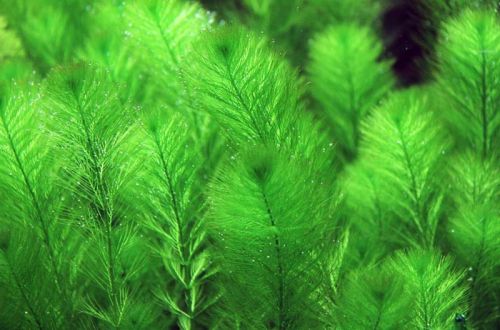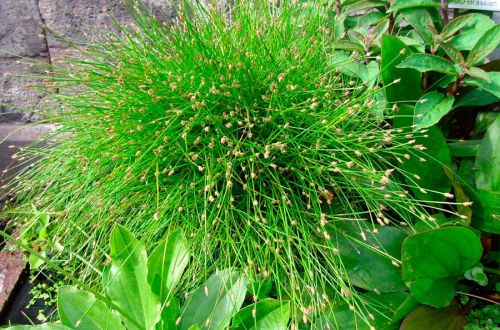
Peristolist deceptive
Peristolist deceptive, scientific name Myriophyllum simulans. The plant is native to the east coast of Australia. Grows in swamps on wet, silty substrates along the water’s edge, as well as in shallow water.

Although the plant was discovered by botanists only in 1986, it had already been actively exported to Europe three years earlier – in 1983. At the time, vendors mistakenly believed it was a variety of the New Zealand pinifolia, Myriophyllum propinquum. A similar incident, when scientists discovered an already known species, was reflected in its name – the plant began to be called “Deceptive” (simulans).
In a favorable environment, the plant forms a tall, erect, thickened stem with pinnate needle-shaped leaves of light green color. Under water, the leaves are thin, and noticeably thicken in the air.
Relatively easy to maintain. Perististolist deceptive is not picky about the level of lighting and temperature. Able to grow even in cool water. Needs nutrient soil and low values of the hydrochemical composition of water.





